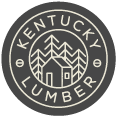Shiplap vs Tongue and Groove: What is the Difference?
What is the difference between shiplap and tongue and groove? Is there even one?
Yes, there is a difference! Finishing lumber typically comes with two different joint options for the boards: shiplap and tongue & groove. However, not everyone is familiar with the difference between the two, so we’re here to put it straight for you!
Let’s get into it!
Tongue and Groove:
T&G boards are milled with a protruding tongue on one edge of the board and a receiving groove on the opposite edge. These lock together on consecutive boards, creating a very tight, stable joint that can be milled with a wide array of patterns on the face to provide the perfect look for your project.
Tongue and groove has been regularly used in homes since the end of the 19th century, and it continues to prove an excellent option for finishing your walls, ceilings, floors, and more.
We supply our kiln-dried tongue and groove wood in multiple patterns, including v-groove, bead board, and square edge that are all milled with the tongue and groove joint. Tongue and groove is also a great option for flooring, and you can find the T&G flooring section here.


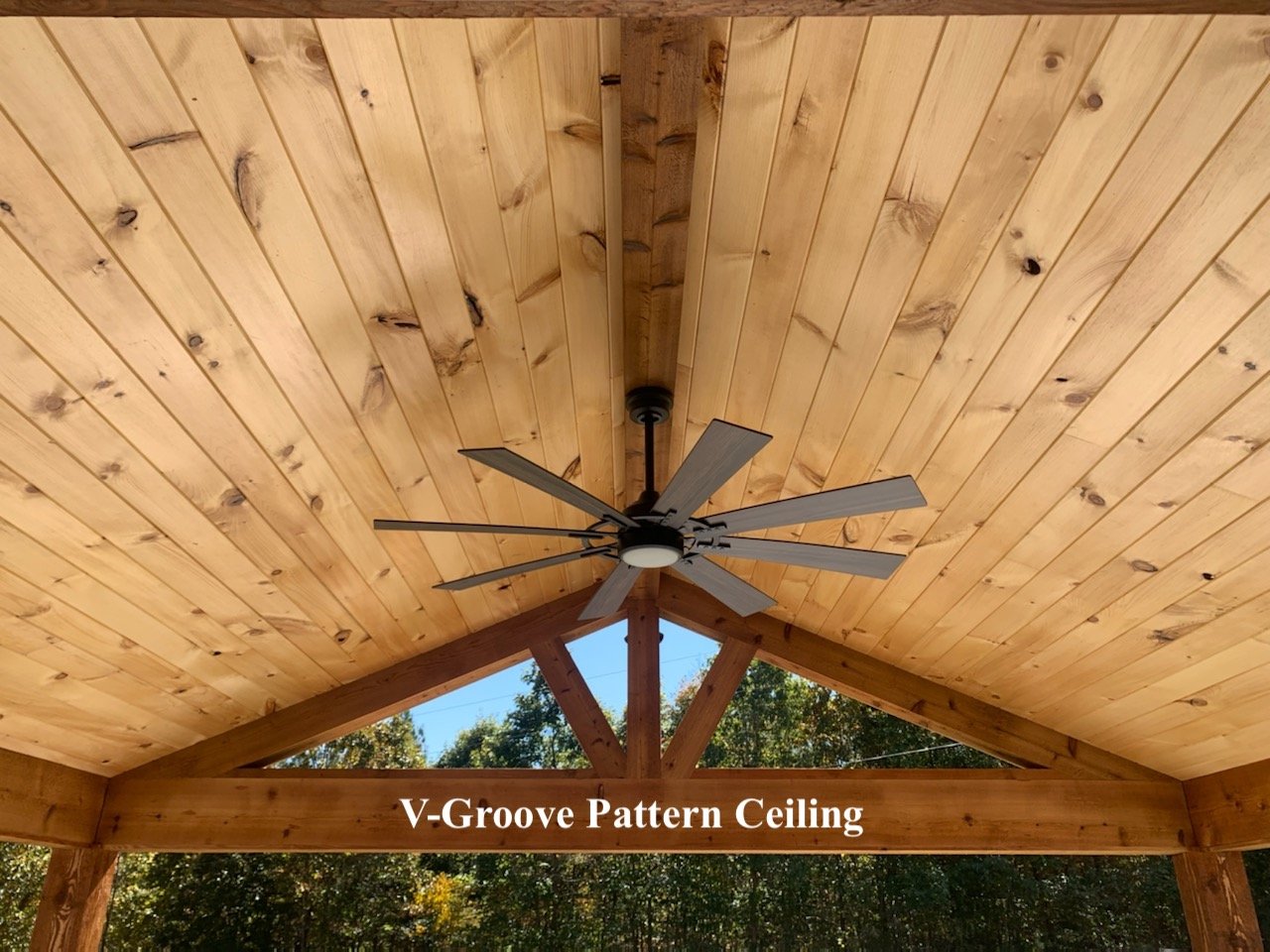
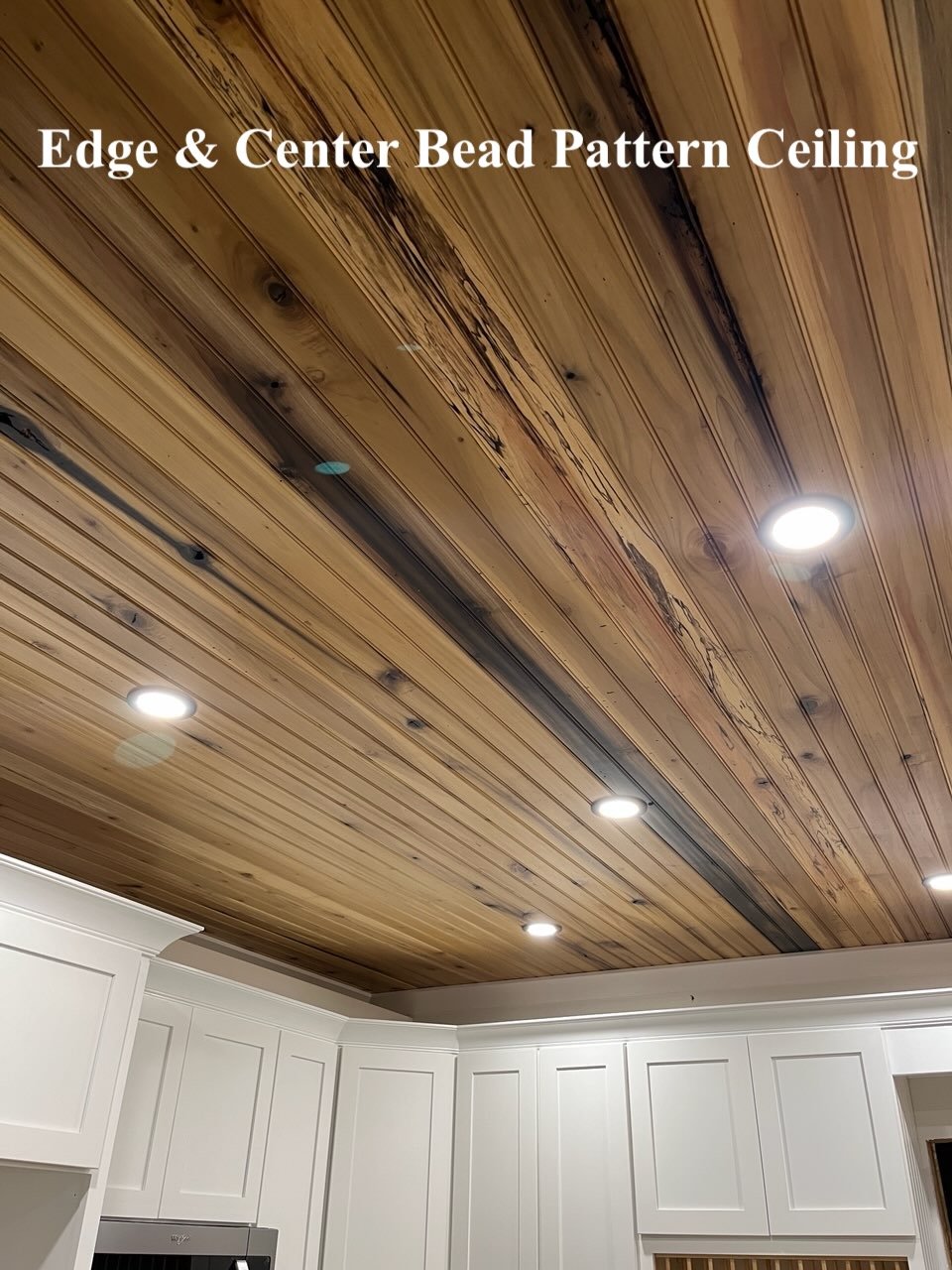

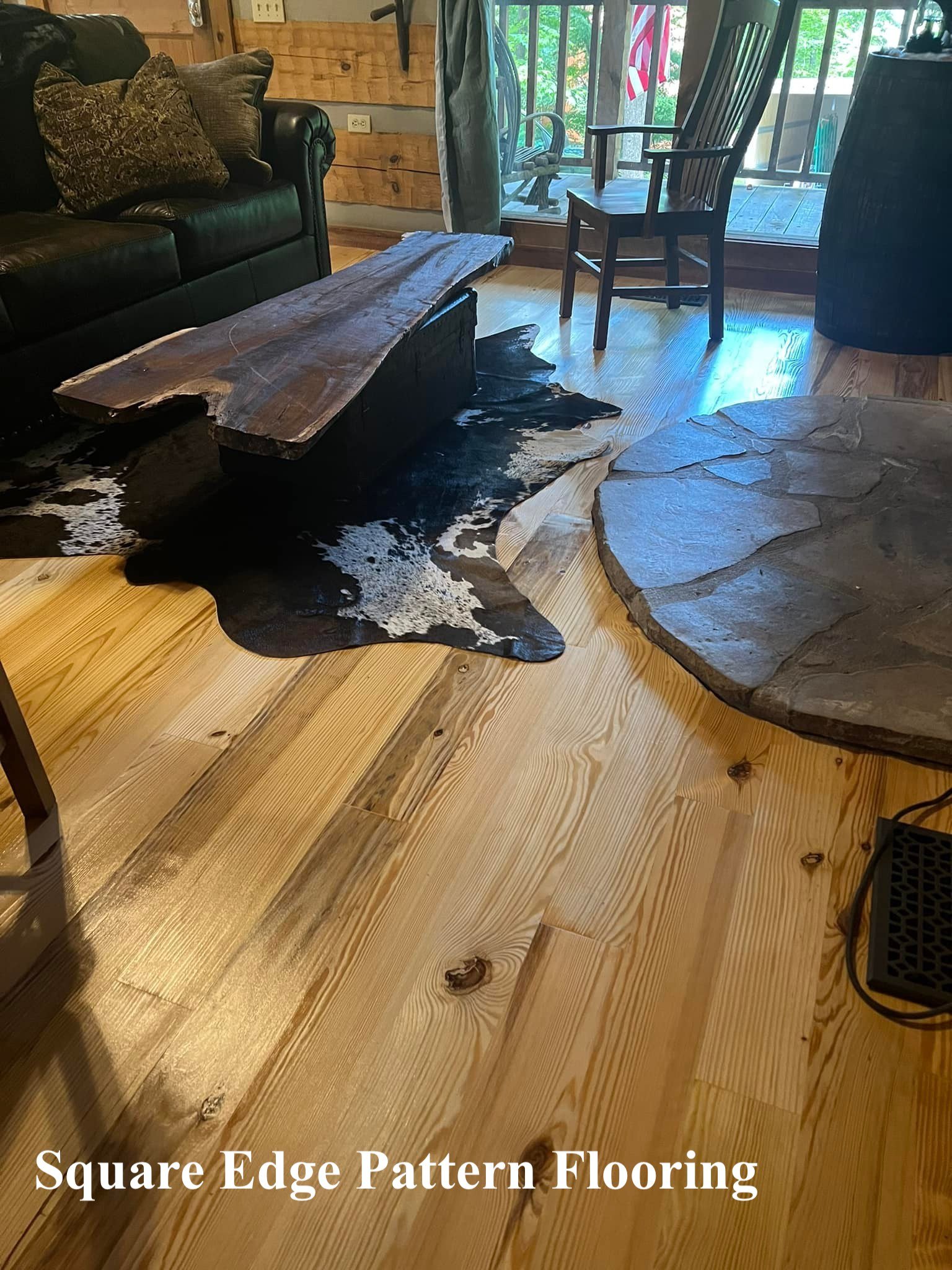
The “patterns” of tongue and groove that we most often carry are:
V Groove
Edge and Center Bead
Square Edge (Flooring)
Shiplap Joint
Shiplap:
Shiplap is milled with what is called a rabbet (at the joint), which is a step-shaped recess cut into the edge of the board that when met with the next board, creates an overlap. It’s a beautifully simple option for your home that adds a ton of character with its smooth face and clean lines.
Shiplap was originally designed as a siding to protect buildings from harsh weather, but more and more it is being used inside the home as a finishing product for walls. With shows like HGTV's “Fixer Upper” introducing everyone to the beauty of shiplap lumber, demand is high.
Our shiplap is most often milled with a square edge that fits flush with no gap at the joint. However, many clients choose to gap their shiplap to create the popular “nickel-gap” look on their walls and ceilings. In addition to the standard flat-faced square edged pattern shiplap, we also carry Half Log siding, Chink Log siding, and Dutch Lap siding, all milled with a shiplap joint.
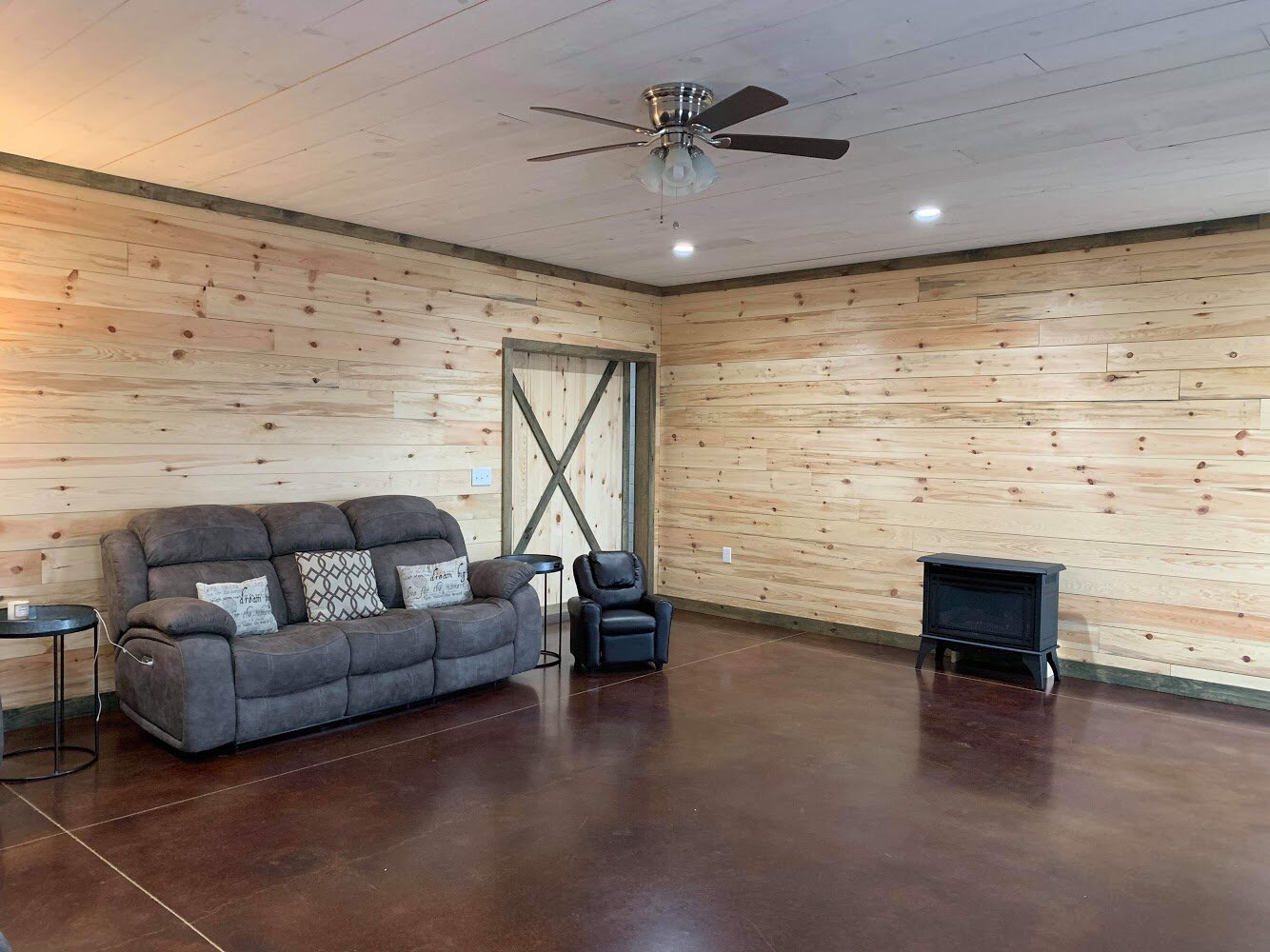
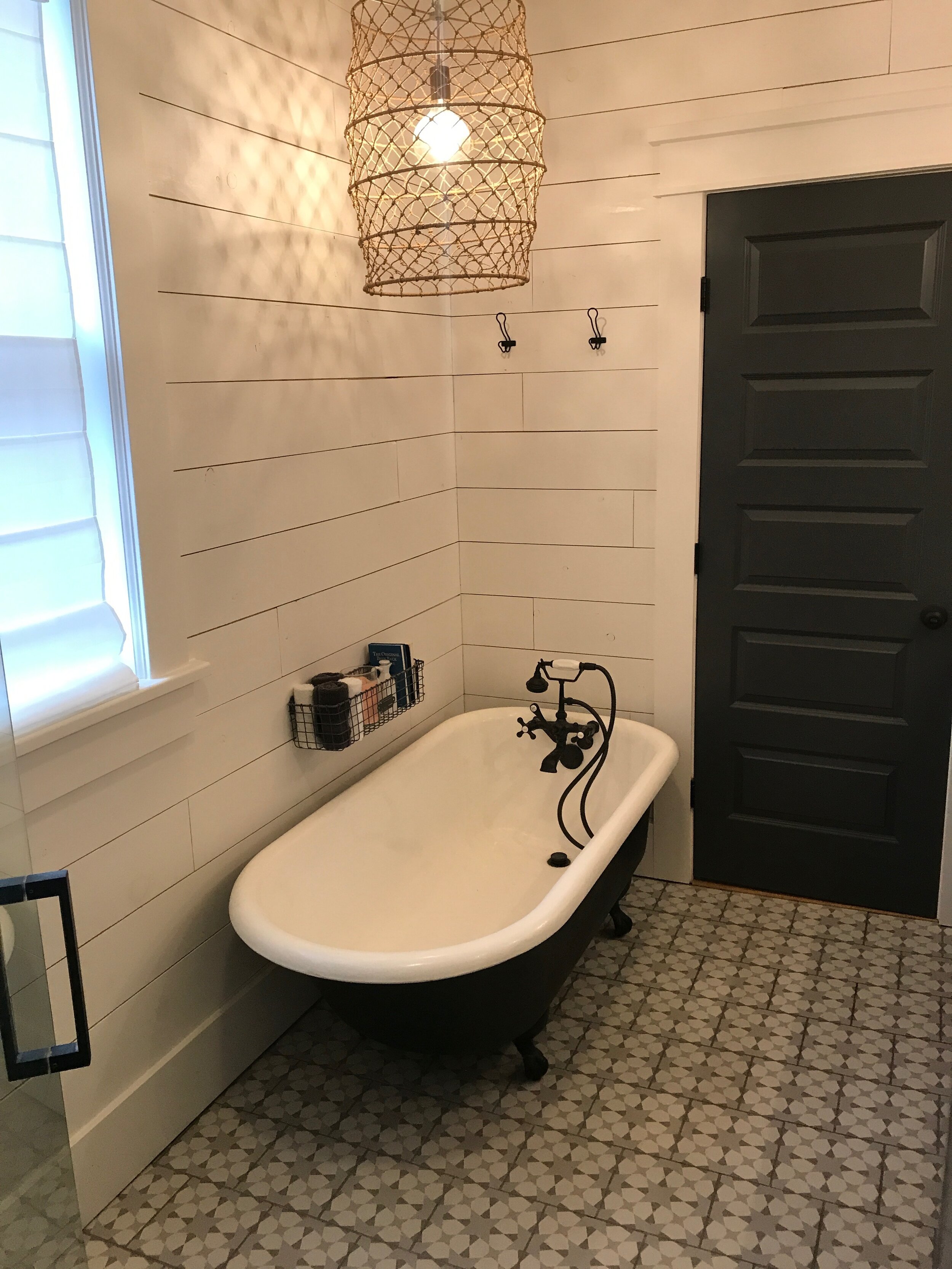


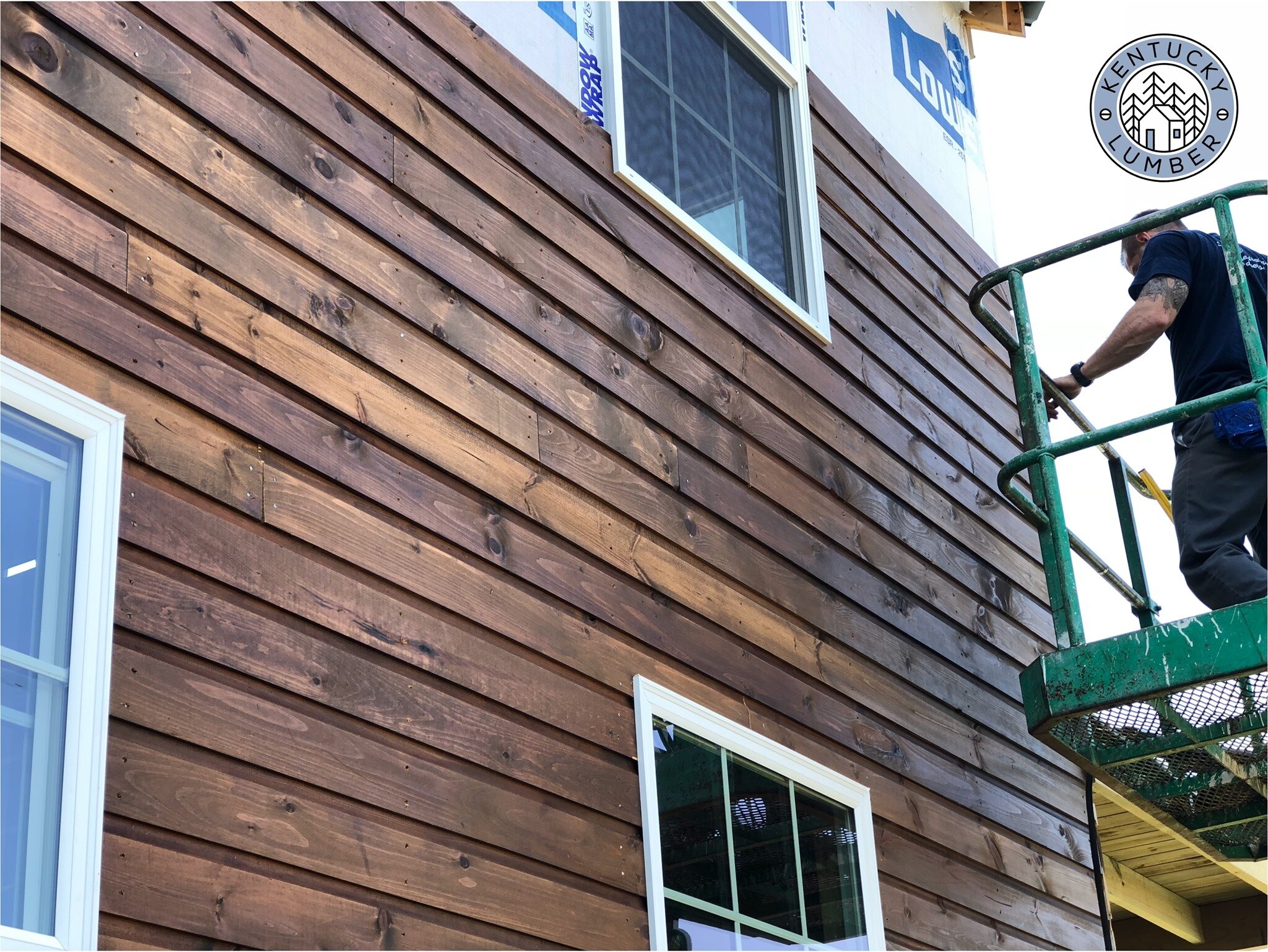
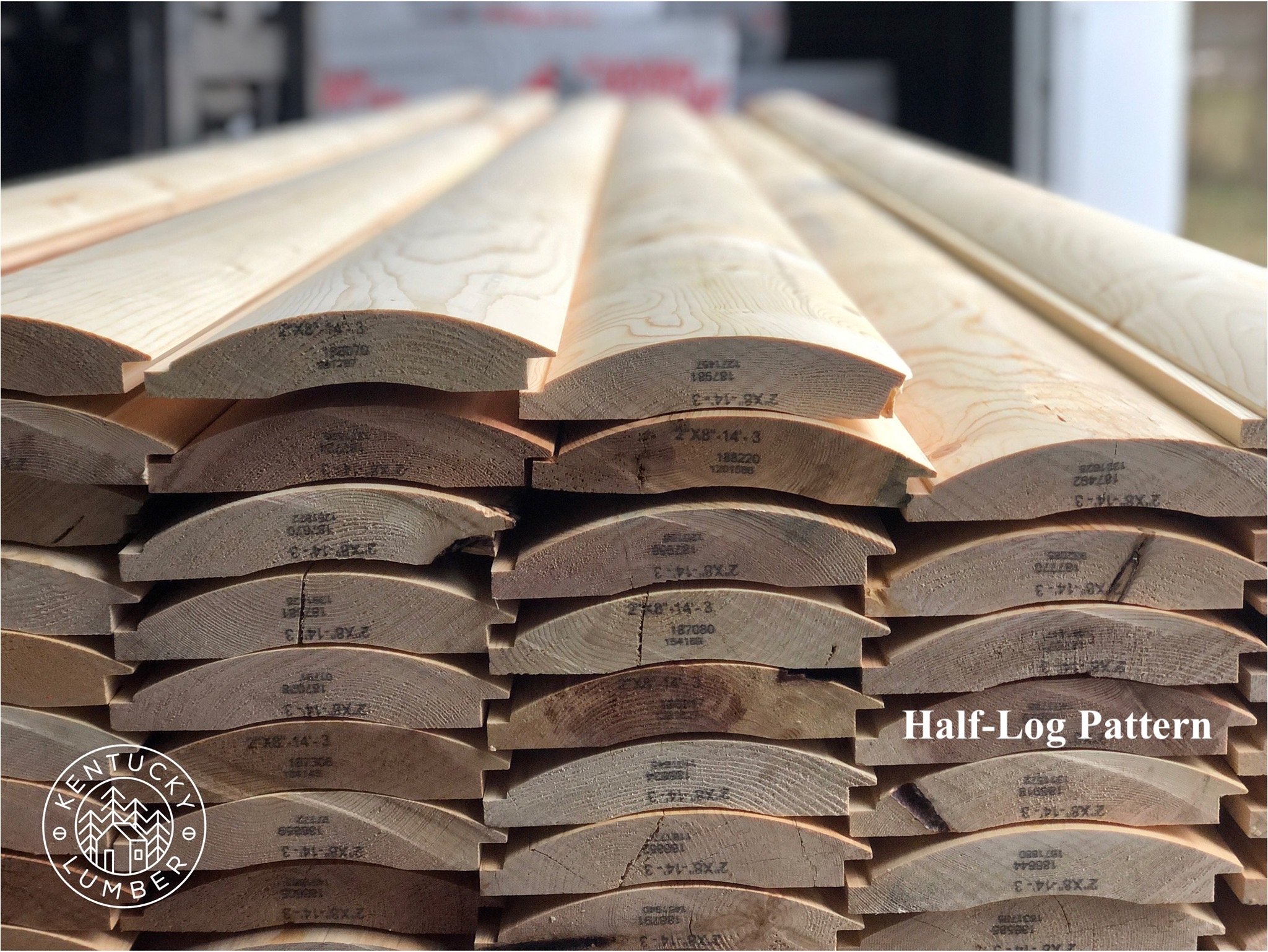
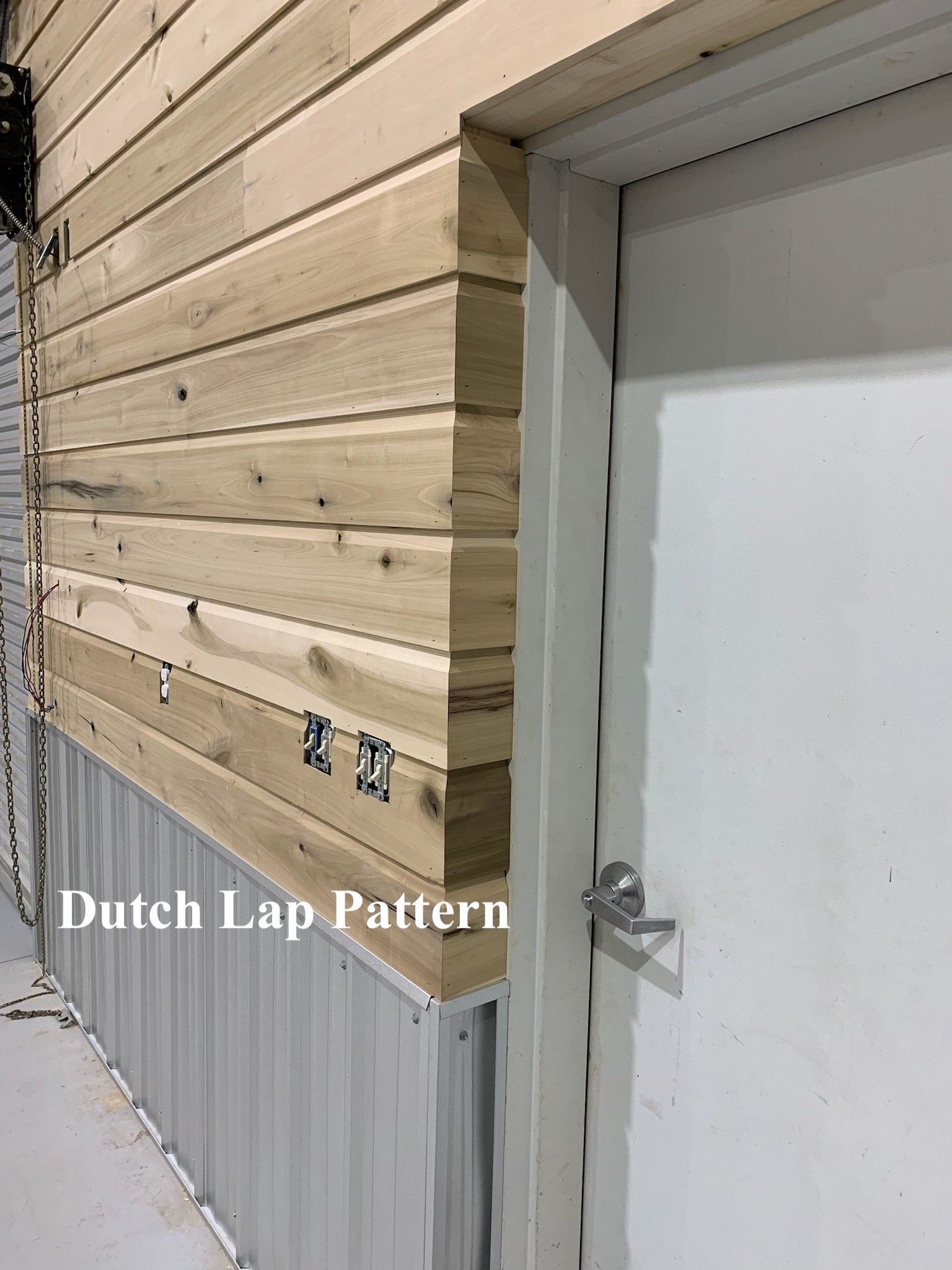
Shiplap has been used for almost 400 years in homes as wall siding, sheathing, and ceiling coverings while never losing its timeless aesthetic.
Best Uses:
Now that you know what the difference is between these two types of lumber, you should know what each joint is used for. Each option has its own pros and cons in different situations, and you will need to know the pros and cons to each side.
Shiplap:
Shiplap is the perfect option for your interior and exterior walls. Its simple joint makes it quick and efficient to install. It is difficult to install on your ceilings, but it can be done and looks just as good as tongue and groove might.
It is very rare that you will find a flooring option with a shiplap pattern.
Tongue and Groove:
Tongue and groove is a very efficient option for installing wood on your floors, walls, and ceilings! Tongue and groove is much easier than shiplap to install on your ceilings because of its joint. The joint holds together much more securely than shiplap when installing, making it much easier to handle.
Installing lumber above your head, usually while standing on a ladder and balancing a nail gun, tape measure, and then the board can be very difficult, so having a board that sort of holds itself in place makes life much easier. This is why we suggest installing tongue and groove over shiplap for your ceilings.
When it comes to your walls, shiplap and tongue and groove can appear very similar and either option can be effective in making your home beautiful.
As far as flooring goes, tongue and groove is always the go-to option. Tongue and groove gives you the option to toenail the boards which hides the nail holes and keeps the floor looking clean. Plus, flooring is readily available in tongue and groove in most places you might look.
Installing knotty pine tongue & groove or shiplap is a solid choice when finishing the inside (and outside) of your homes, just like the DeVries and Higgins did! How will you use it?
